The AWS-3 spectrum has finally ended, $44.9 billion bid, AT&T the big winner, DISH the surprise player

After more than two months, and 341 rounds of bidding, the AWS-3 auction has finally come to a close. The dust is far from settling, but the finally tally blew past even the highest estimates in terms of how much money was going to be in play for 65MHz of total spectrum.
A total of $44.899 billion was bid in the auction. After taking into account certain discounts that were allowed, the net proceeds add up to a little more than $41.3 billion.
The big winner in the auction was AT&T, who won J Block (paired spectrum at 1770-1780, and 2170-2180MHz) in major markets like New York, Chicago, Boston, Atlanta, San Antonio, and other markets with a total of 251 licenses. In all, AT&T was the big bidder at $18.2 billion. All told, AT&T bought itself a nearly contiguous 10x10MHz block of spectrum which covers approximately 96 of the top 100 markets.
Verizon was the second largest bidder, spending $10.4 billion on 181 licenses in the aforementioned J Block, as well as in the H Block (1760-1765 and 2160-2165MHz) and I Block (1765-1770 and 2165-2170MHz). Markets Big Red won for the more prized J Block include Los Angeles, San Francisco, and Seattle. Verizon’s licenses cover about 61% of the United States.
The big surprise in the auction was none other than DISH Network, who bid nearly $10 billion. That figure includes discounts for its designated bidding entities Northstar Wireless LLC, and SNR Wireless. Industry insiders expected DISH to participate in the bidding, but did not expect the company to dig that deep into its pockets. In all, Northstar got 345 licenses, and SNR Wireless won 357 licenses on different blocks, with some in major markets like Los Angeles, Chicago, and New York.
T-Mobile played a strategy that won it 157 licenses in the 5x5MHz paired spectrum in various blocks across the country. The smaller pairings give Team Magenta the ability to aggregate with its existing AWS-1 holdings, giving the carrier 20x20MHz channels to chug everyone’s data with. That strategy gave T-Mobile a good band-for-the-buck with bids that totaled about $1.8 billion.
Out of 70 eligible companies, 31 got something out of the auction. The winning entities have two weeks to make their down payments, and the balances have to be paid in full by March 2nd. Most of the players are holding off on any official announcements until the official “quiet period” (an anti-collusion measure) ends on February 13th.
The size and proportion of this auction took nearly everyone by surprise. The FCC set a minimum reserve of just $10 billion. Even smaller markets like Louisville, Kentucky, and Portland, Maine, received bids over $20 million. American Samoa received the lowest bid, just $2,800. From every angle though, it shows that it takes serious money to compete in the US wireless space.
AT&T’s win in this auction is notable because in addition to the nearly $20 billion spent in the AWS-3 auction, the carrier just completed its acquisition of Iusacell in Mexico for $2.5 billion, is set to buy Mexico’s former Nextel carrier for $1.8 billion, and then there is the approximately $50 billion AT&T plans to spend to buy DirecTV. In short, the company is putting a lot on its credit card, and it is going to have to sit down and work to pay down debt that is going to surpass 2015 targets.
As for when we can expect the carriers to make use of the spectrum, it is going to take a while. Much of the AWS-3 spectrum is used by the Department of Defense for missile guidance systems and drone programs. Some of those projects will be migrated within the year, other operations will take years to be moved.
Barring further complications, there will be an even bigger auction held by the FCC for spectrum in the 600MHz band next year.
sources: The Wall Street Journal and FierceWireless
A total of $44.899 billion was bid in the auction. After taking into account certain discounts that were allowed, the net proceeds add up to a little more than $41.3 billion.
The big surprise in the auction was none other than DISH Network, who bid nearly $10 billion. That figure includes discounts for its designated bidding entities Northstar Wireless LLC, and SNR Wireless. Industry insiders expected DISH to participate in the bidding, but did not expect the company to dig that deep into its pockets. In all, Northstar got 345 licenses, and SNR Wireless won 357 licenses on different blocks, with some in major markets like Los Angeles, Chicago, and New York.
T-Mobile played a strategy that won it 157 licenses in the 5x5MHz paired spectrum in various blocks across the country. The smaller pairings give Team Magenta the ability to aggregate with its existing AWS-1 holdings, giving the carrier 20x20MHz channels to chug everyone’s data with. That strategy gave T-Mobile a good band-for-the-buck with bids that totaled about $1.8 billion.
The size and proportion of this auction took nearly everyone by surprise. The FCC set a minimum reserve of just $10 billion. Even smaller markets like Louisville, Kentucky, and Portland, Maine, received bids over $20 million. American Samoa received the lowest bid, just $2,800. From every angle though, it shows that it takes serious money to compete in the US wireless space.
AT&T’s win in this auction is notable because in addition to the nearly $20 billion spent in the AWS-3 auction, the carrier just completed its acquisition of Iusacell in Mexico for $2.5 billion, is set to buy Mexico’s former Nextel carrier for $1.8 billion, and then there is the approximately $50 billion AT&T plans to spend to buy DirecTV. In short, the company is putting a lot on its credit card, and it is going to have to sit down and work to pay down debt that is going to surpass 2015 targets.
As for when we can expect the carriers to make use of the spectrum, it is going to take a while. Much of the AWS-3 spectrum is used by the Department of Defense for missile guidance systems and drone programs. Some of those projects will be migrated within the year, other operations will take years to be moved.
Barring further complications, there will be an even bigger auction held by the FCC for spectrum in the 600MHz band next year.
sources: The Wall Street Journal and FierceWireless
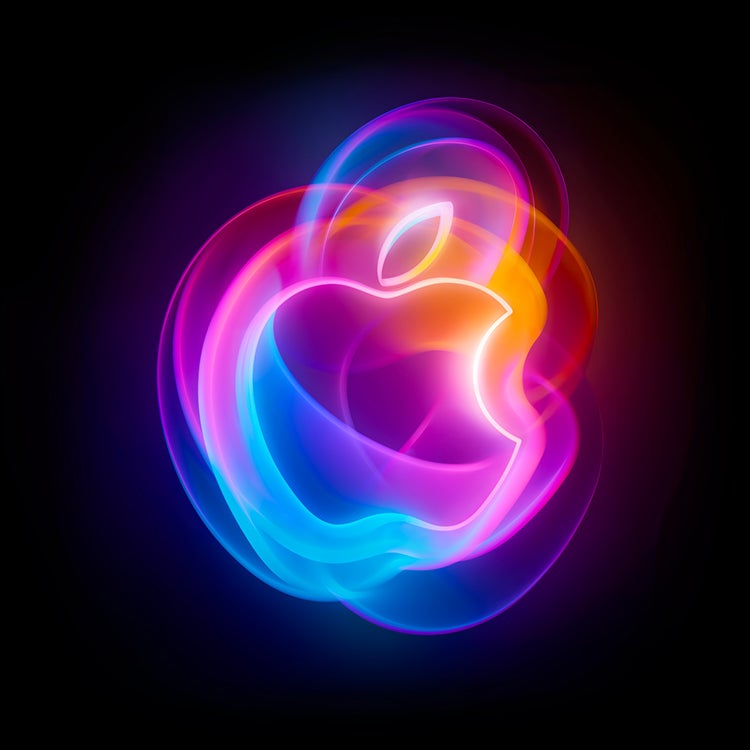


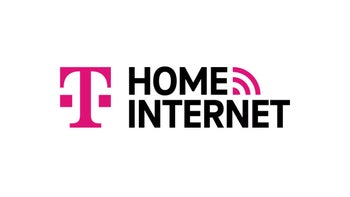

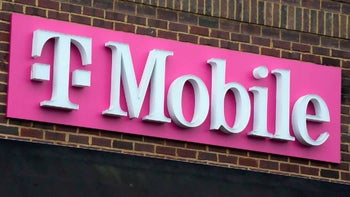
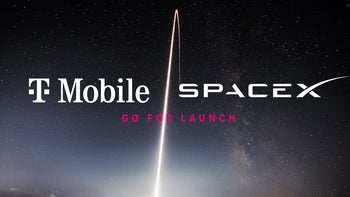



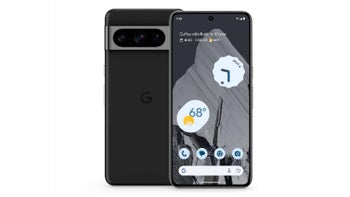
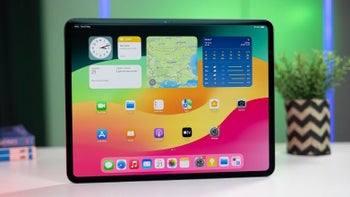
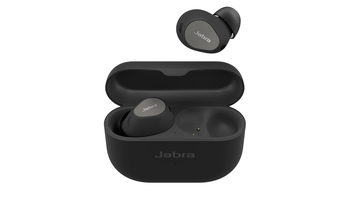
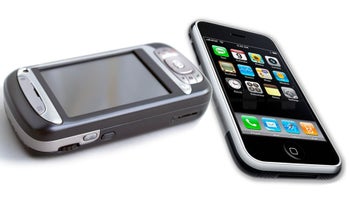
Things that are NOT allowed: